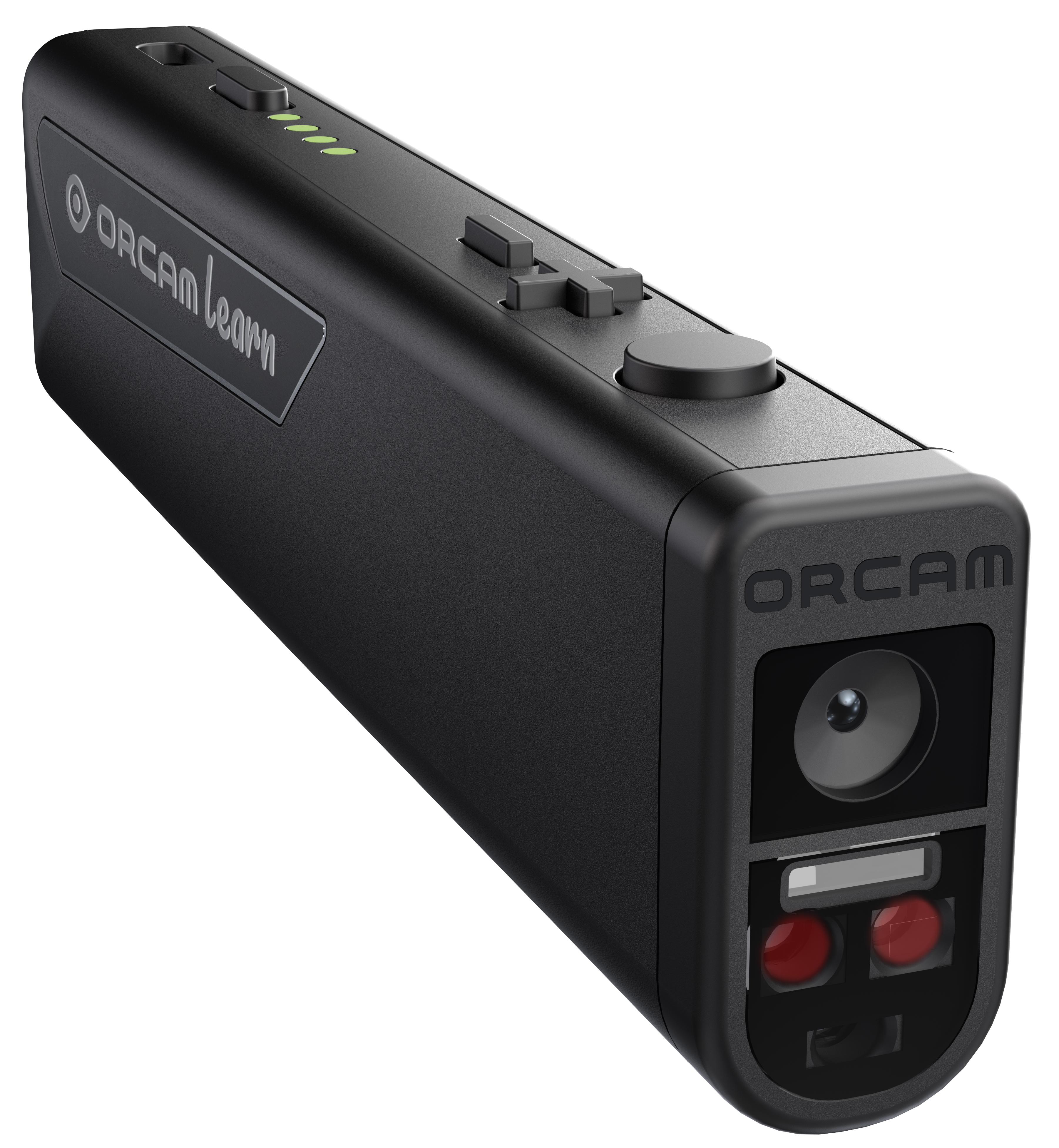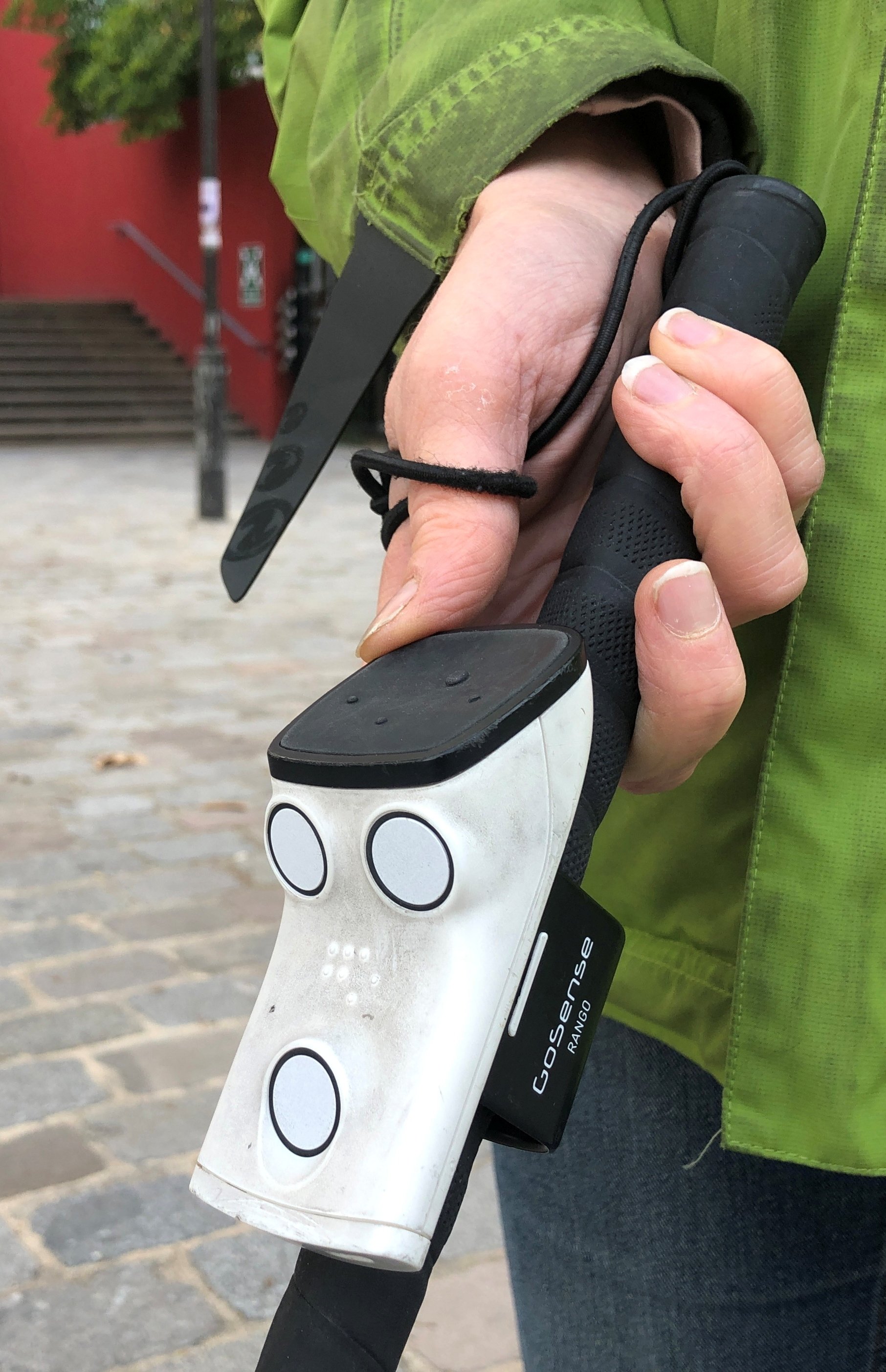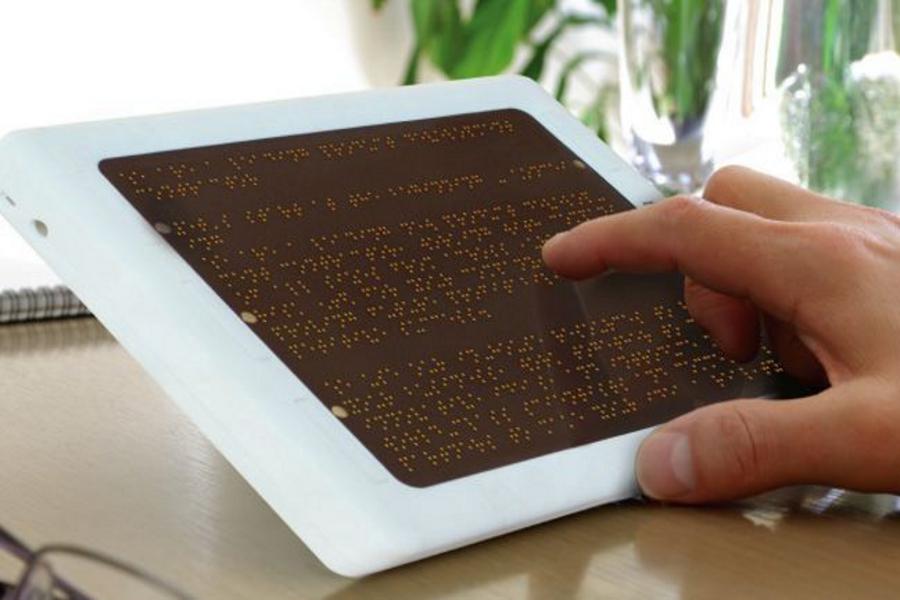OCR Devices for the Blind: Turning Print to Speech in Real-Time
OCR Devices for the Blind: Turning Print to Speech in Real-Time
Blog Article
Discover Ingenious Tools Made for the Aesthetically Impaired
The growth of innovative devices for the visually impaired represents a significant development in accessibility and independence. Technologies such as clever glasses with AI capacities and mobile applications created to offer acoustic descriptions are improving daily experiences for individuals. In addition, wearable devices that utilize haptic responses improve ecological understanding, while contemporary Braille advancements use brand-new means to engage with message. As these tools proceed to evolve, their influence on the lives of those with visual disabilities elevates crucial questions concerning the future of inclusivity and freedom in different facets of life. What exists ahead in this technological landscape?
Smart Glasses for Navigation

Smart glasses designed for navigation are reinventing the way visually damaged individuals connect with their environment. These innovative tools make use of a combination of cam innovation, artificial intelligence, and acoustic responses to provide real-time information about surroundings. By employing challenge discovery systems, smart glasses can inform customers to prospective threats, making it possible for much safer mobility in both unknown and familiar setups.
The assimilation of GPS modern technology additionally improves navigating capabilities, enabling users to get acoustic directions as they move. This hands-free technique not only promotes independence but also equips visually damaged individuals to browse urban landscapes with increased confidence. In addition, many clever glasses are geared up with functions that identify spots and street indications, supplying contextual details that enhances the individual experience.
Additionally, the development of these gadgets is continuously advancing, with firms working to improve the accuracy of things recognition and expand the variety of navigational features. As wise glasses become much more budget friendly and easily accessible, they hold the possible to considerably change every day life for aesthetically impaired individuals. Ultimately, these ingenious tools stand for a critical step towards inclusivity, offering improved wheelchair and a better feeling of autonomy for individuals navigating the world around them.

Mobile Apps for Daily Living
Just how can mobile applications enhance the day-to-day lives of aesthetically impaired individuals? Mobile apps are transforming the way aesthetically damaged customers browse their settings, handle everyday tasks, and access information. These applications give crucial assistance with various functionalities, promoting independence and enhancing quality of life.
Several innovative mobile applications are developed specifically for day-to-day living. As an example, applications like Be My Eyes attach visually damaged individuals with sighted volunteers by means of video clip telephone calls, allowing them to obtain real-time aid with tasks such as reading tags or browsing strange spaces. Seeing AI, created by Microsoft, uses fabricated knowledge to define surroundings, checked out message, and determine objects, efficiently changing a mobile phone right into an effective device for day-to-day assistance.
In addition, navigation apps customized for the aesthetically damaged, such as Aira and BlindSquare, provide audio-based directions and environmental information, making it possible for users to traverse their environments safely and confidently. Past navigating and prompt aid, mobile apps also support organization and job management, with features that aid customers establish pointers, create to-do checklists, and track appointments. In summary, mobile applications function as indispensable resources, empowering visually damaged people to lead more independent and satisfying lives.
Wearable Technologies for Help
Empowerment with technology is significantly evident in the world of wearable gadgets developed to aid visually damaged people. These cutting-edge devices integrate flawlessly into day-to-day live, enhancing navigation and supplying necessary feedback to users. Clever glasses geared up with cams can acknowledge faces and check out message out loud, enabling customers to interact more with confidence in social and specialist settings.
An additional noteworthy advancement is the use of haptic feedback systems in wearable gadgets. These systems utilize vibrations or various other responsive signals to communicate info concerning the individual's environment, such as barriers or changes in link surface, enhancing movement and security. Wearable technologies likewise include wristbands that attach to mobile phones, alerting customers to notices through subtle vibrations, thus boosting connectivity without dependence on visual hints.
As these innovations remain to develop, they are not just enhancing self-reliance for visually damaged people however also fostering a better feeling of addition in society. By connecting the gap in between obstacles dealt with in daily living and the potential for freedom, wearable innovations serve as pivotal devices in the quest for equality and empowerment for those with visual problems.
Audio Description Tools
Sound description tools play a vital function in enhancing access for visually damaged people, offering them with the capability to engage with visual media. Assistive technology for the blind. These devices supply narrated descriptions of essential aesthetic elements in films, television shows, and live efficiencies, ensuring that users can completely understand the context and emotions communicated through visuals
Sound summary can be integrated right into various platforms, consisting of streaming services, cinema screenings, and live cinema. Many preferred streaming solutions now consist of audio summary as an ease of access function, permitting audiences to pick it quickly. Along with conventional media, specialized apps likewise exist, giving audio descriptions for art exhibitions, galleries, and various other cultural events.
The performance of audio summary pivots on the ability of the narrators, that must communicate visual details succinctly without detracting from the initial sound. Technologies in this field official source are also leading the way for more individualized experiences, where customers can readjust the degree of detail and pacing according to their preferences.
Braille Innovations and Devices
Braille technologies and devices have considerably transformed the method visually damaged people communicate with message and details. Modern innovations have actually led to the growth of functional tools that improve proficiency and freedom amongst customers.
In addition, mobile Braille notetakers integrate standard Braille input with modern-day performances, facilitating note-taking, organizing, and file modifying on the go. Smart glasses for the visually impaired. These compact tools typically feature text-to-speech capacities, connecting the gap in between Braille and auditory information
Additionally, innovative Braille printers have actually emerged, enabling individuals to generate Braille tags, files, and educational products successfully. This availability promotes greater involvement in academic and professional atmospheres, ultimately advertising inclusivity.
Moreover, research study into wise Braille technologies remains to broaden. Devices that include expert system are being discovered to supply real-time navigating support and contextual details, enhancing the user experience in diverse setups. In general, these innovations show a dedication to empowering visually impaired people through modern technology, guaranteeing they can quickly access and involve with the world around them.

Conclusion
The development of cutting-edge tools for the aesthetically damaged substantially enhances independence and quality of life. Smart glasses, mobile applications, wearable technologies, audio summary tools, and Braille technologies jointly encourage individuals by check my site providing crucial navigation support, ecological recognition, and enhanced analysis experiences. These innovations not only foster better addition yet additionally promote freedom in everyday activities, inevitably contributing to an extra easily accessible and fair culture for aesthetically damaged individuals. Proceeded advancement in this area holds assurance for additional enhancements.
As clever glasses come to be much more cost effective and available, they hold the possible to significantly change everyday life for aesthetically damaged customers. Mobile apps are revolutionizing the method aesthetically impaired users navigate their atmospheres, handle everyday jobs, and gain access to details. Applications like Be My Eyes attach visually impaired users with sighted volunteers by means of video telephone calls, permitting them to obtain real-time support with tasks such as checking out tags or browsing unknown areas.In addition, navigation apps customized for the aesthetically damaged, such as Aira and BlindSquare, offer audio-based directions and ecological details, enabling customers to traverse their environments securely and with confidence.The advancement of innovative tools for the aesthetically impaired considerably enhances independence and quality of life.
Report this page